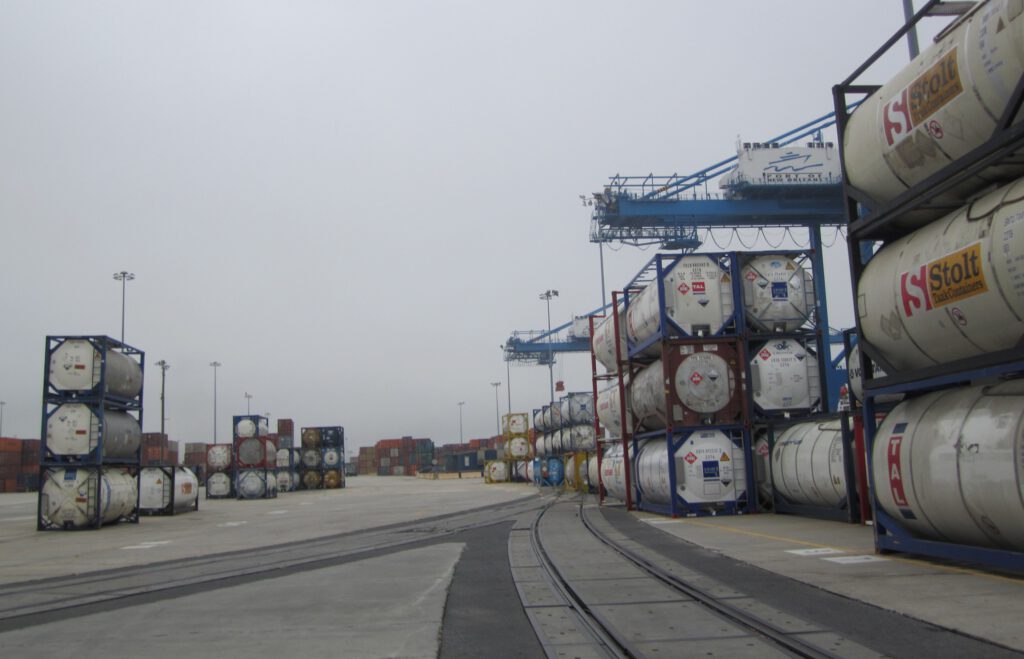Dr Alice Mah, Associate Professor, Department of Sociology, University of Warwick, UK
In some way or another, whether up close, within polluted communities, or at a distance, as global consumers, toxic issues affect all of us.
In the age of the Internet, we are constantly bombarded with news. Headlines emerge only to be buried as the next ones arise, with only a few lingering long enough to create lasting impressions.
Much of the mainstream news about the ‘toxic’ focuses on major environmental disasters or scandals: the BP Oil Spill, the Fukushima nuclear disaster, the Tianjin chemical blasts, the Volkswagen emission scandal. With its love of extreme cases, the media often features exposés on the world’s top polluted places: air pollution in Delhi and Beijing; or a toxic lake full of high tech waste in Mongolia. The news also reflects importantly on anniversaries of toxic disasters, marking the 25th anniversary of the Bhopal chemical disaster in 2009, the 10th anniversary of Hurricane Katrina earlier this year, and no doubt we will be reminded in April that it will have been 30 years since Chernobyl.
But the media rarely turns its attention to smaller scales or to everyday toxic cases. As the political scientist Shanto Iyengar (1996) argues, the mainstream media is episodic rather than thematic in its framing, so the wider context tends to be ignored. It misses the ‘slow violence’ (Nixon 2012) of toxic problems that occur gradually, invisibly, and beyond the spectacle of mass media attention. Of course, there are many exceptions, and one can find less well-known cases if one looks hard enough, but this is a difficult task.
With the launch of Toxic News, we seek to address these gaps in toxic news, not only in terms of what is reported, but in terms of our analytical focus. Just what is toxic, and how can we measure toxic effects on health and the environment? How are toxic effects experienced in different places and times, and for different people?
In some way or another, whether up close, within polluted communities, or at a distance, as global consumers, toxic issues affect all of us.
I have been researching the impacts of industrial decline and post-industrial change for several years now. Toxic legacies have been a key theme throughout my research, from the toxic legacies of chemicals in Niagara Falls to petrochemical pollution near port cities.
But until recently, I never really thought about how my own background has shaped my ‘sociological imagination’, as C. Wright Mills (1959) puts it. My grandfather worked in a mill in a small forest-dependent community in British Columbia, Canada. Since its six mills closed one after the other starting in 2007, it has now become almost a ghost town. I remember that heavy sulphuric smell of pulp in the air. I remember hearing that our beautiful forest valley had some of the highest rates of respiratory illnesses in the country and puzzling over that statistic. I grew up with a strong sense of the limitations of staying in a northern rural town. Yet when I moved away to go to university, something stayed with me, sparking an interest in the different fortunes of communities and the effects of industry.
Toxic issues are at once personal and political, individual and social, subjective and scientific. As we become more attuned to the toxic in the world around us, we can see it more readily in the places we visit as tourists, in our homes and communities, and in our consumption of news.
In this first issue of Toxic News, we trace toxic issues across different times, places, and perspectives. We move from a leather factory in Soviet-era Chernobyl; to a review of new U.S. refinery rules; to recent research in a polluted asylum camp in Calais, France; to a reflection on the chemical blasts in Tianjin, China; to a high-technology toxic U.S. town; to an ‘outsider’s’ reflection on what it means to think critically about toxic issues.
(Featured image: credit Alice Mah)
References
Iyengar, S. (1996). “Framing responsibility for political issues.” Annals of the American Academy of Political and Social Science 546:59-70.
Nixon, R. (2012). Slow Violence and the Environmentalism of the Poor. Cambridge, Mass.: Harvard University Press.
Mills, C. (1959). The Sociological Imagination. New York: Oxford University Press.
